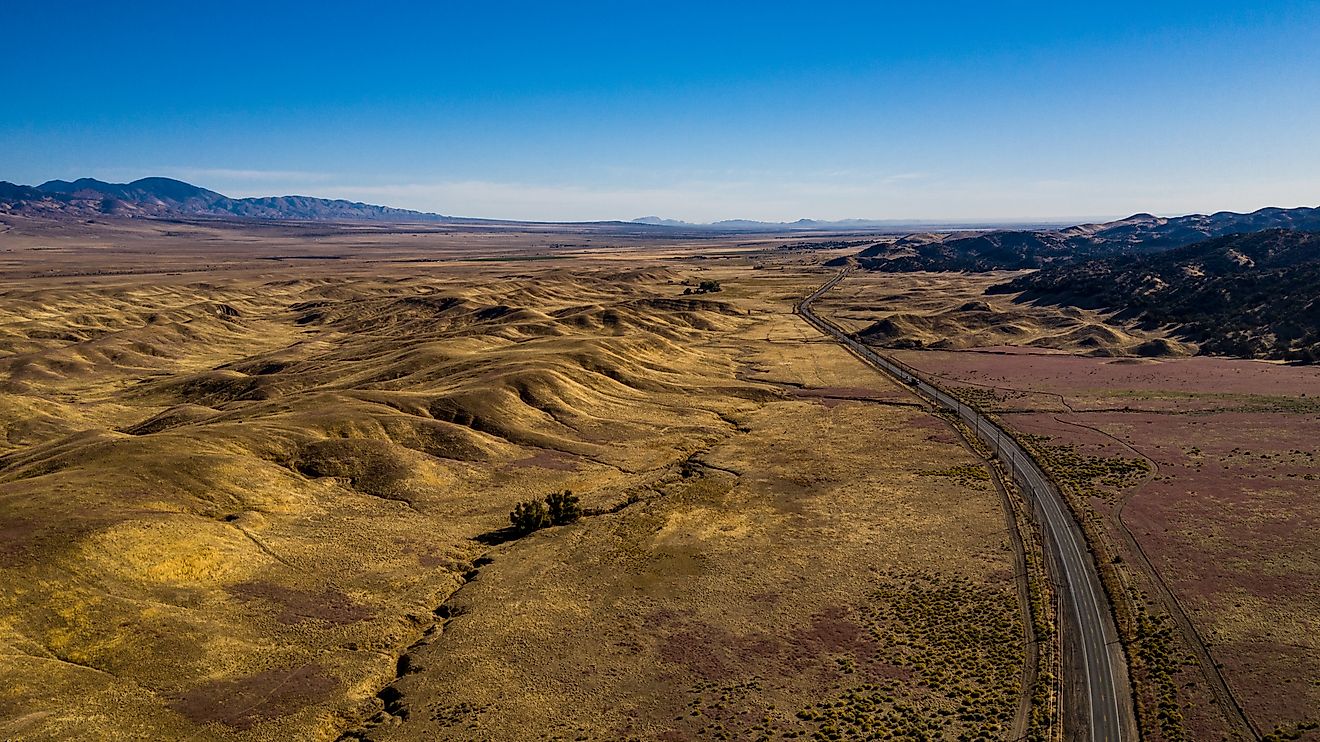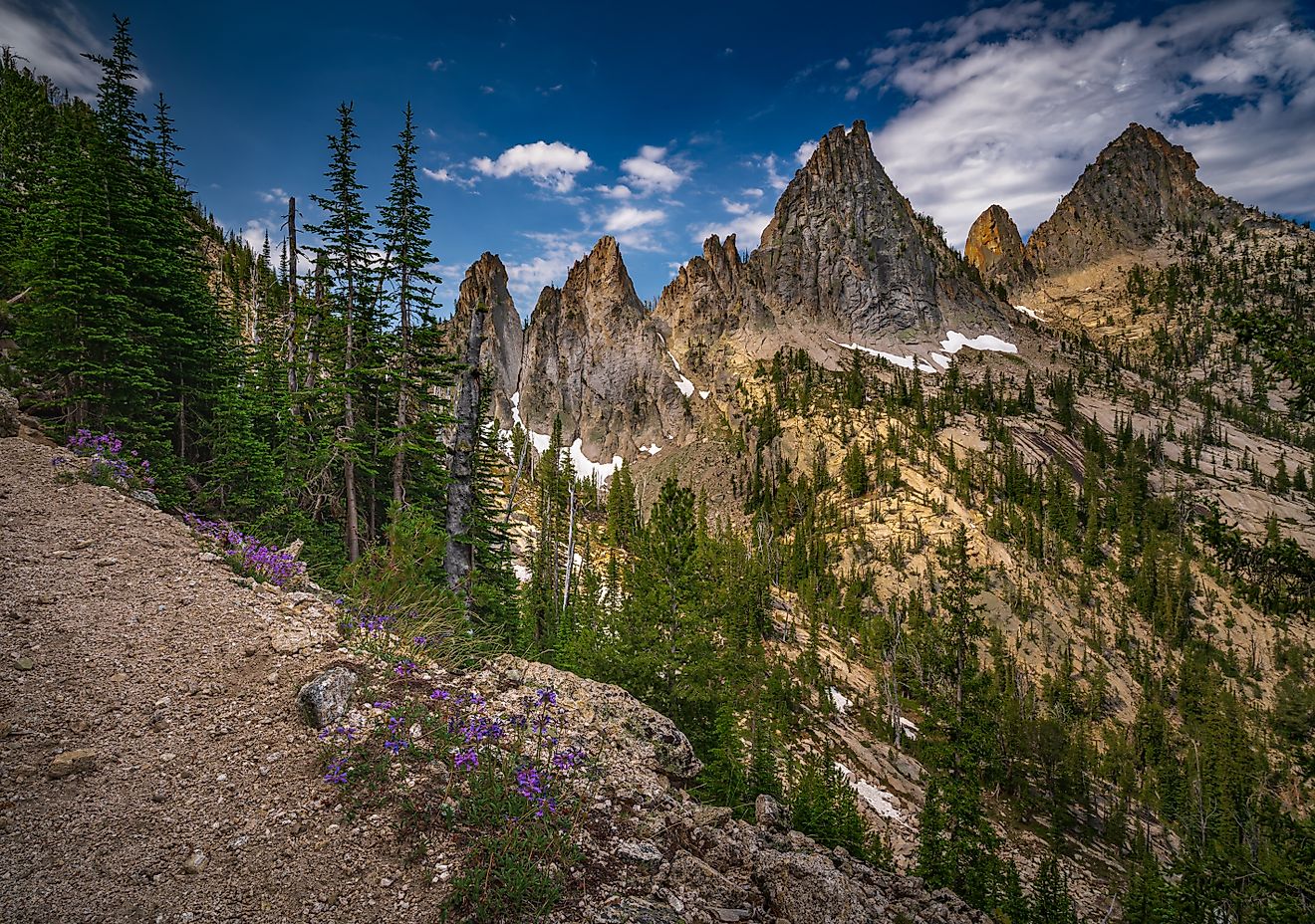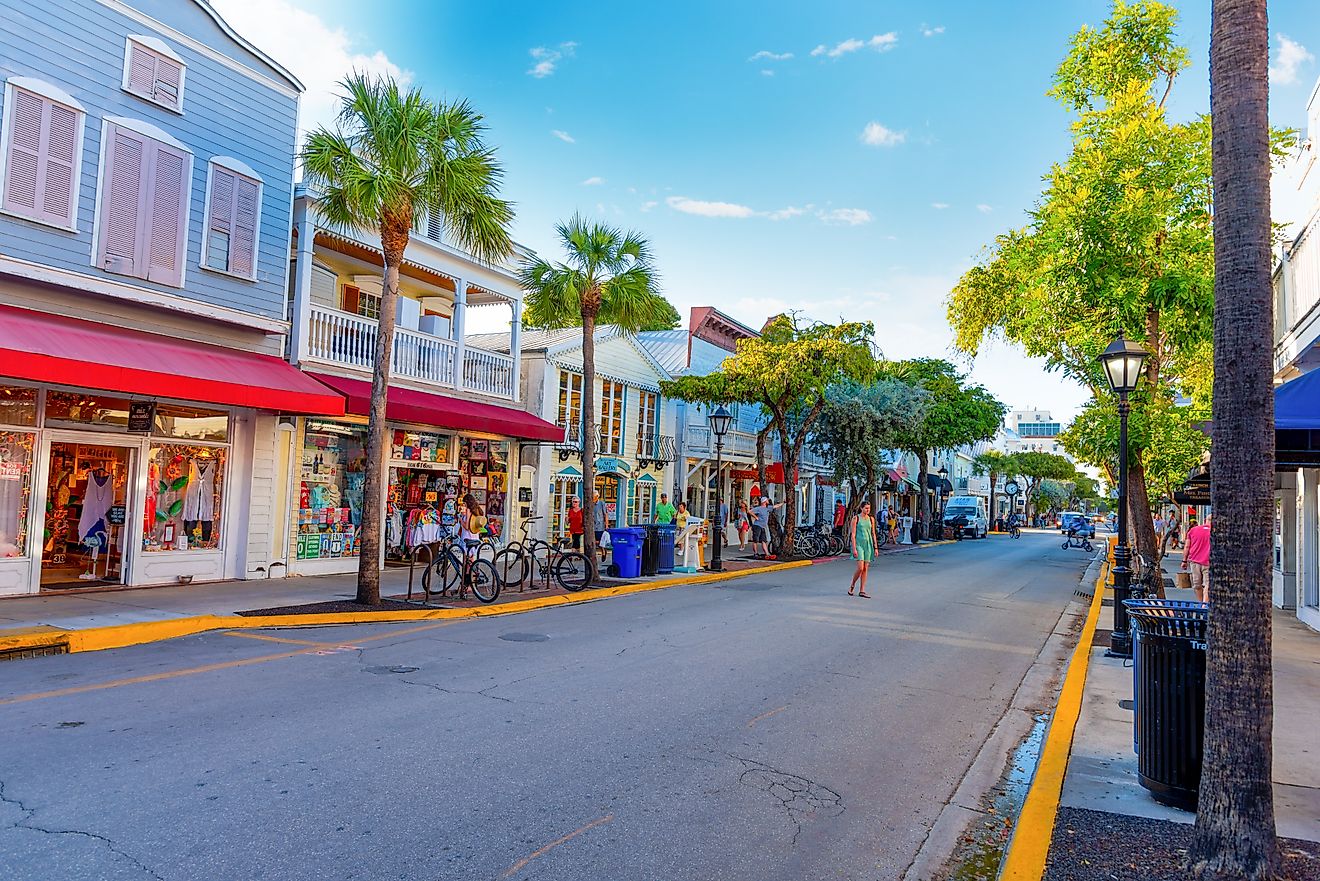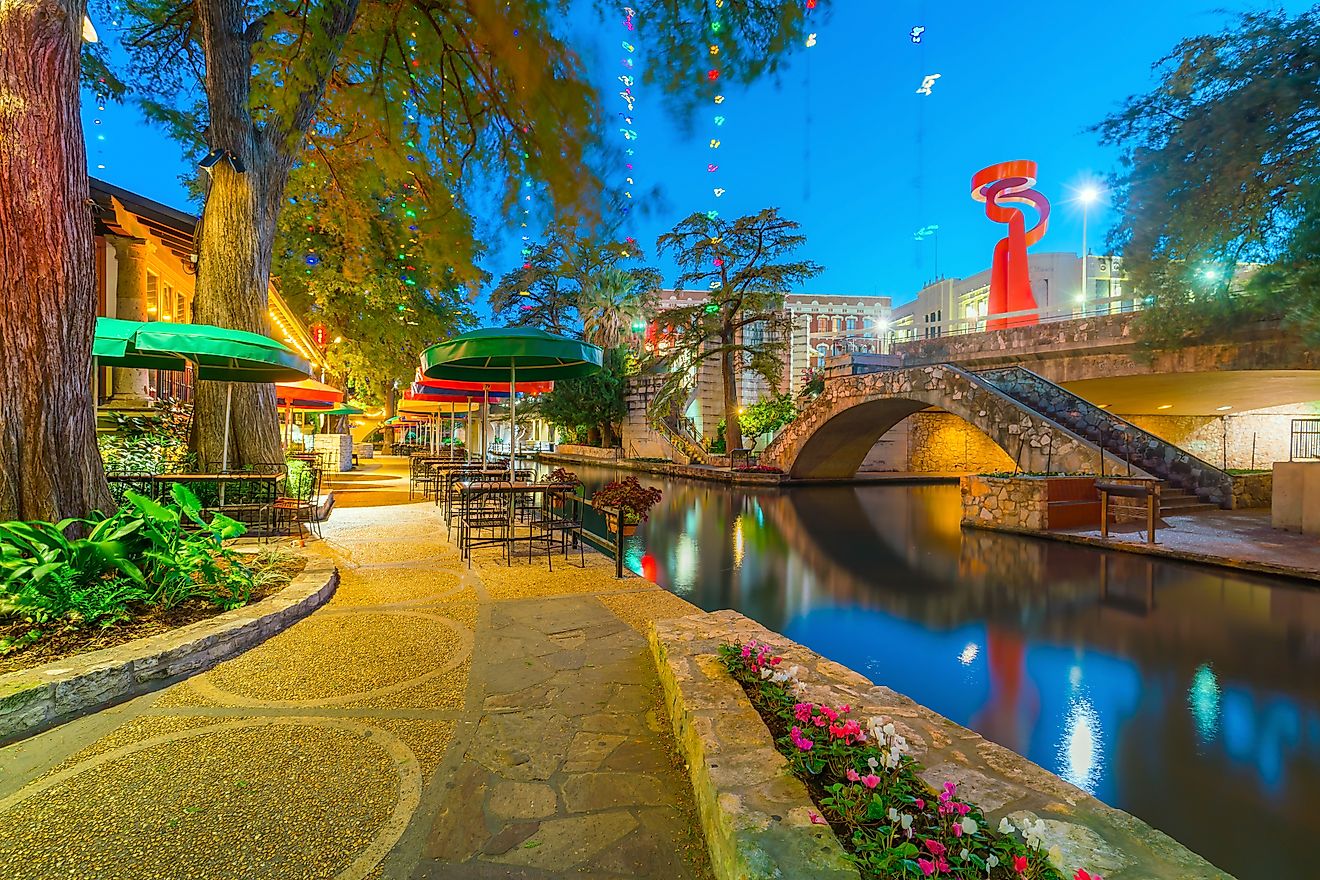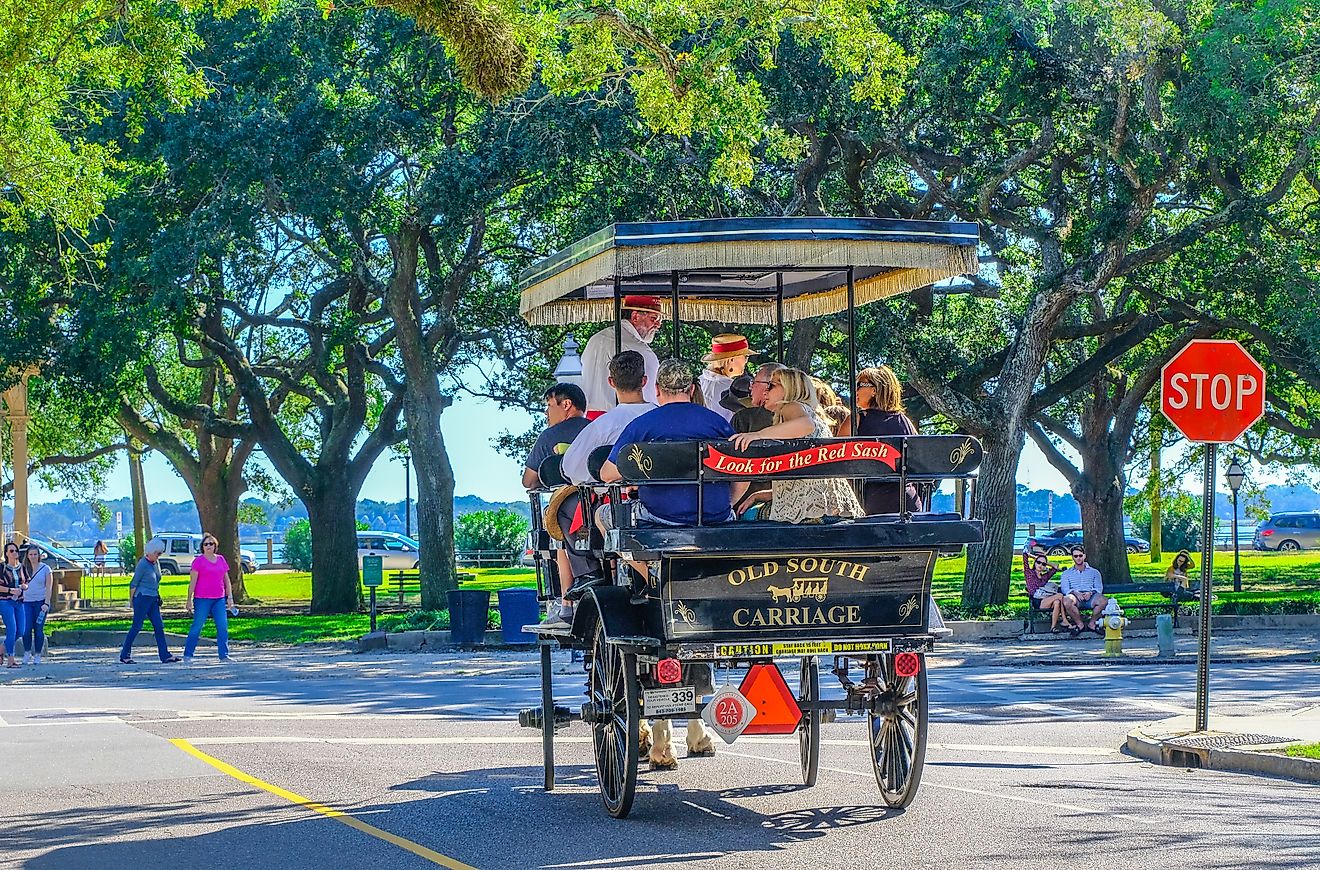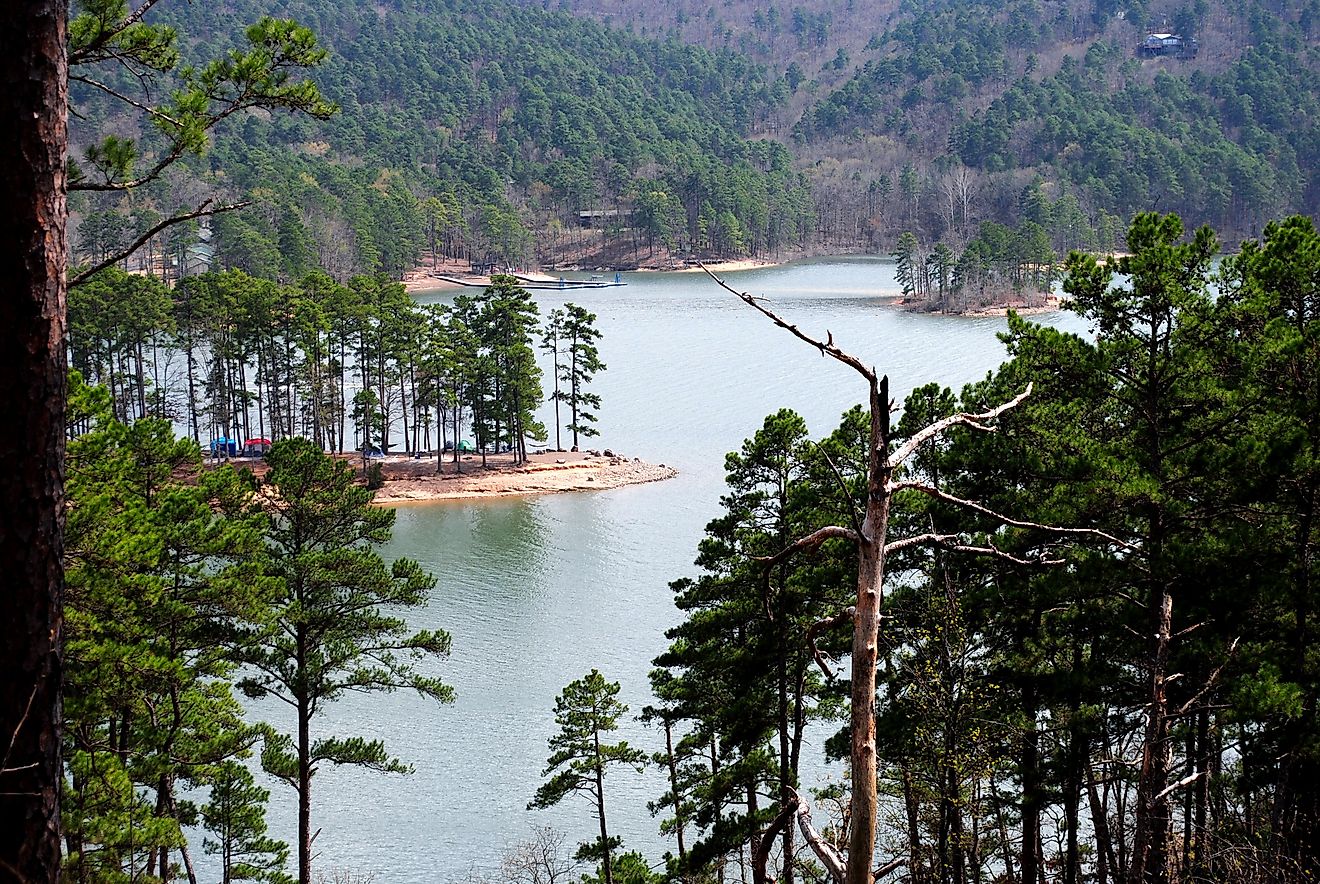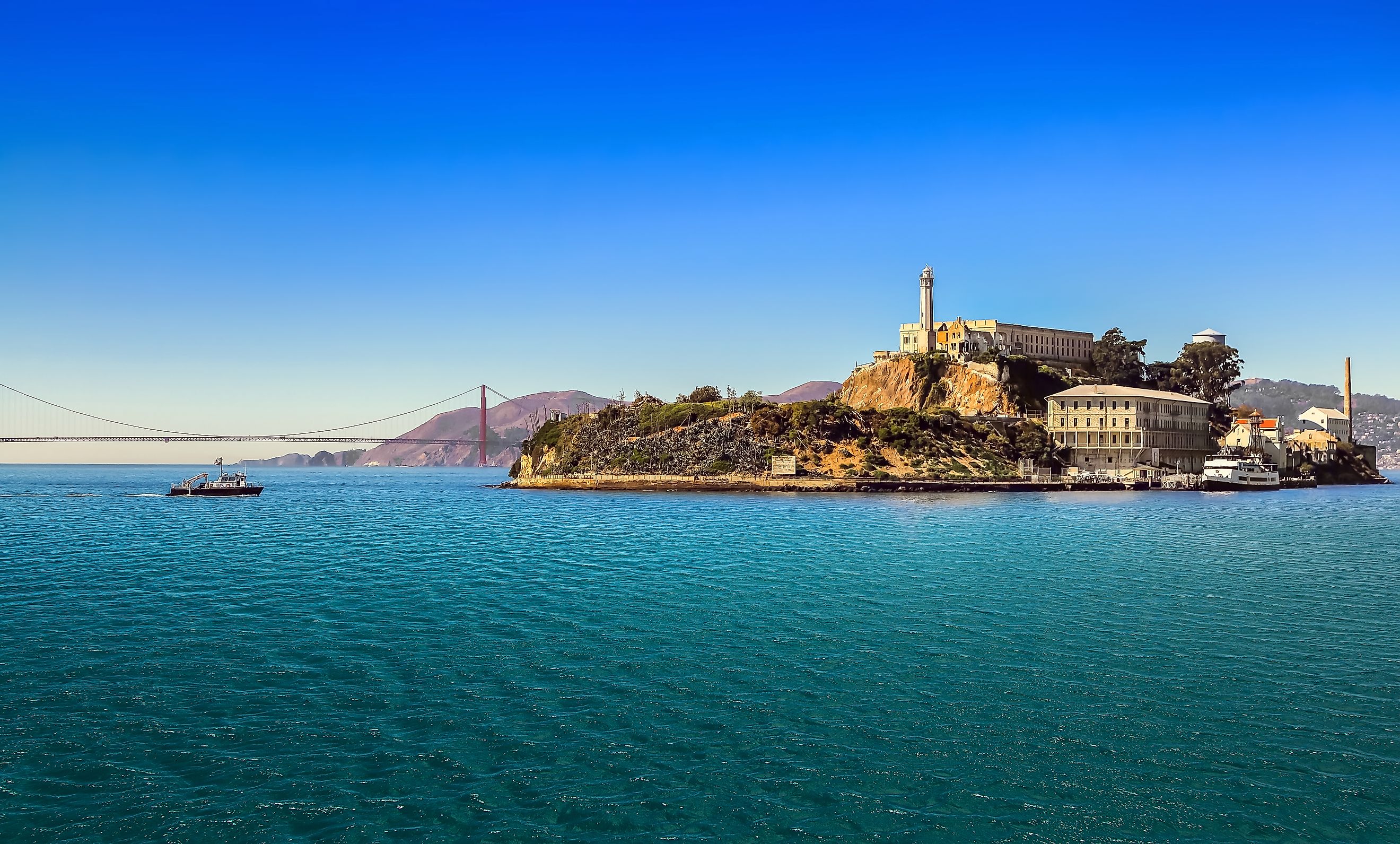
The Most Visited Historic Sites in the United States
America's historic sites serve as living testaments to the nation's rich and diverse heritage. From colonial settlements to monumental memorials, these landmarks offer a window into the past, attracting millions each year. In 2024, the National Park Service reported a record 331.9 million recreation visits across more than 400 sites, highlighting the nation's deep connection to its history.
Among these, certain sites stand out not only for their historical significance but also for their popularity. Below are the top seven most visited historic sites in the United States, each offering a unique glimpse into the nation's past.
Golden Gate National Recreation Area, California

-
2024 Visitors: 17.18 million
-
Established: 1972
-
Highlights: Iconic landmarks such as the Golden Gate Bridge, historic military sites like Fort Point, and the Presidio.
Spanning more than 80,000 acres, Golden Gate National Recreation Area offers a sweeping blend of history, culture, and nature along the rugged coastline of Northern California. From windswept beaches and dramatic cliffs to dense forests and rolling hills, the park preserves a wide array of landscapes that frame the iconic Golden Gate Bridge. Within its boundaries are historic military sites such as Fort Point, which once guarded the entrance to San Francisco Bay, and the former prison island of Alcatraz, one of the most famous landmarks in the country.
Its proximity to San Francisco makes it an easily accessible destination for millions each year, drawing people not only for its recreation but also for its stories of defense, incarceration, and cultural change. The combination of rich military heritage, sweeping Pacific views, and thriving ecosystems has cemented its reputation as the most visited site managed by the National Park Service.
Blue Ridge Parkway, North Carolina/Virginia
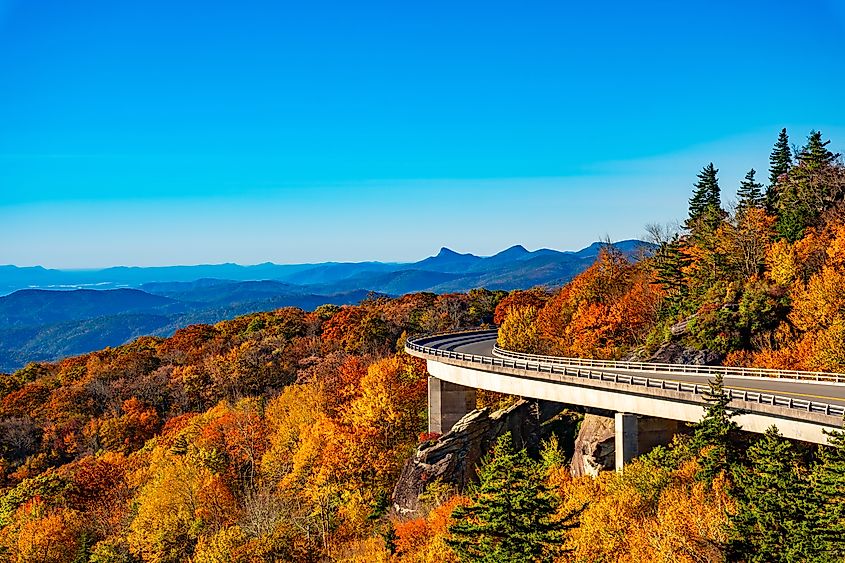
-
2024 Visitors: 16.73 million
-
Established: 1936
-
Highlights: Historic buildings, Civilian Conservation Corps structures, and scenic overlooks.
Known as "America's Favorite Drive," the Blue Ridge Parkway stretches for 469 miles through the Appalachian Highlands, linking Great Smoky Mountains National Park in North Carolina to Shenandoah National Park in Virginia. More than just a scenic byway, the parkway itself is considered a historic landmark, representing one of the largest Depression-era public works projects in the United States. Designed in the 1930s with careful attention to harmonizing with the surrounding landscape, the road remains a marvel of engineering and vision.
Along the route, numerous visitor centers, interpretive stops, and historic cabins highlight the cultural traditions of the Blue Ridge region, from early mountain settlements to the enduring influence of Appalachian music and crafts. Seasonal wildflowers, vibrant fall foliage, and sweeping mountain vistas make the drive a year-round attraction, while hiking trails, picnic areas, and preserved historic landmarks ensure that the journey offers far more than a scenic view from the car window.
Great Smoky Mountains National Park, Tennessee/North Carolina
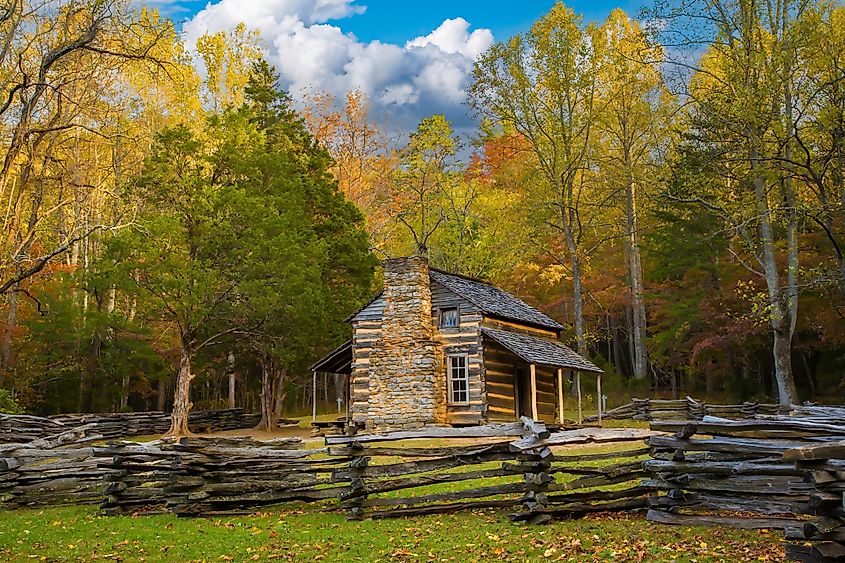
-
2024 Visitors: 12.19 million
-
Established: 1934
-
Highlights: Historic Appalachian cabins, churches, and cemeteries.
This UNESCO World Heritage Site preserves a remarkable cultural history, with log cabins, barns, churches, and other structures dating back to the 19th century. The carefully maintained homesteads provide a glimpse into the daily lives of the early settlers who farmed, worshipped, and built communities in the shadow of the Smoky Mountains. Interpretive programs and walking trails allow exploration of these historic spaces, which include original furnishings, agricultural tools, and family cemeteries. Together, these elements create a vivid picture of frontier life and highlight the challenges faced by Appalachian families in one of the nation’s most celebrated landscapes.
Gateway National Recreation Area, New York/New Jersey
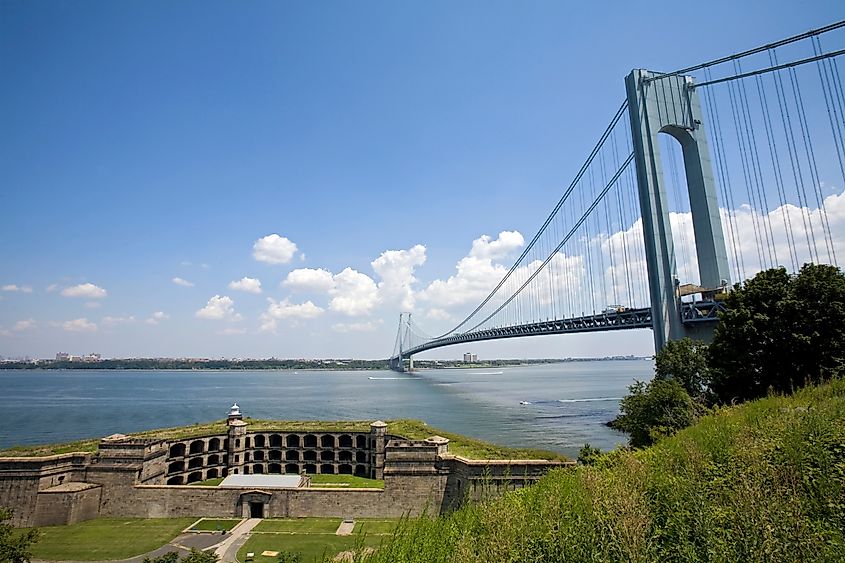
-
2024 Visitors: 8.92 million
-
Established: 1972
-
Highlights: Historic military installations, Sandy Hook Lighthouse, and Fort Wadsworth.
This urban park blends natural beauty, recreation, and centuries of history along New York Harbor and the Atlantic coast. Fort Wadsworth is one of the oldest military sites in the United States, with fortifications dating back to the 1600s. It played a key role in coastal defense through the Revolutionary War, the War of 1812, and both World Wars, offering a tangible link to the nation’s military past. The Sandy Hook Lighthouse, built in 1764, is the oldest operating lighthouse in the country and has guided countless ships safely into New York Harbor.
Beyond history, the park provides miles of sandy beaches, tidal wetlands, scenic walking trails, picnic areas, and fishing spots, making it a destination for both reflection and recreation. Its combination of historic significance and natural landscapes draws a steady stream of visitors seeking to connect with American history while enjoying outdoor activities.
Lincoln Memorial, Washington, D.C.
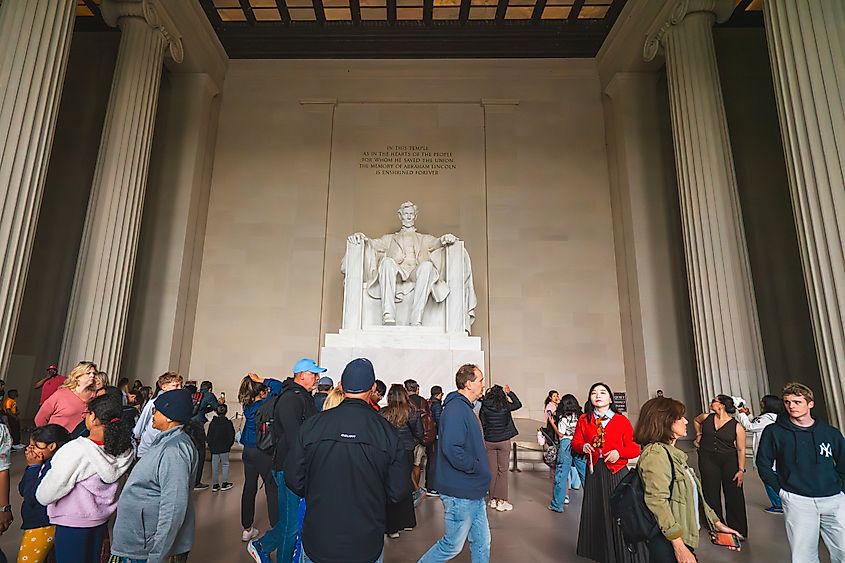
-
2024 Visitors: 8.47 million
-
Dedicated: 1922
-
Highlights: Statue of Abraham Lincoln, inscriptions of his speeches, and views of the Reflecting Pool.
Standing as a symbol of unity and equality, the Lincoln Memorial honors the 16th president's enduring legacy. Designed in the style of a Greek temple, the monument houses a 19-foot statue of Abraham Lincoln, with inscriptions of his most famous speeches etched into the walls. Its location on the National Mall places it at the heart of American history, a gathering place where ideals of freedom and justice are continuously revisited. Over the decades, the memorial has served as the backdrop for defining moments, including Martin Luther King Jr.'s iconic "I Have a Dream" speech during the 1963 March on Washington.
Gulf Islands National Seashore, Florida and Mississippi
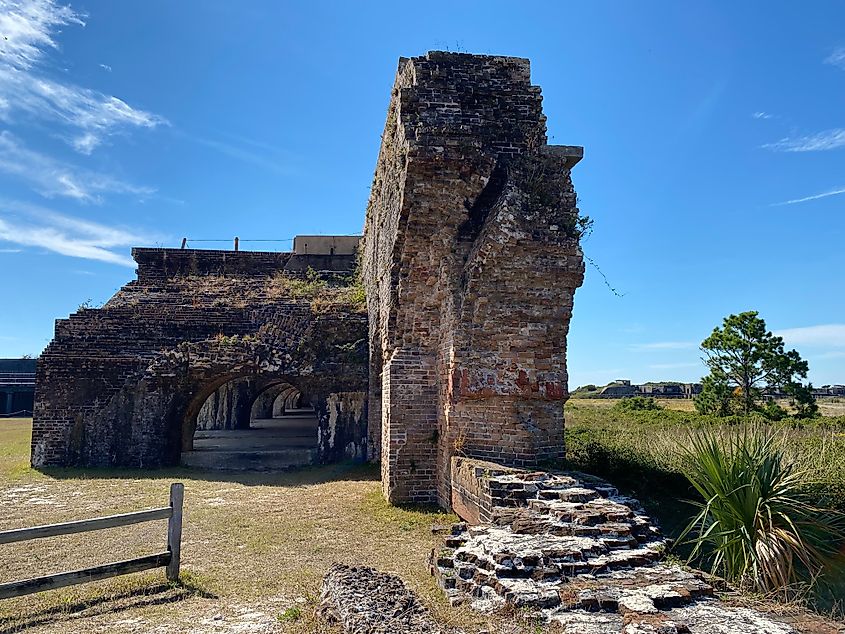
- 2024 Visitors: 7.80 million
- Established: 1971
- Highlights: Fort Pickens, historic forts, barrier islands, coastal marshes, and white-sand beaches
Spanning the Gulf Coast of both Florida and Mississippi, Gulf Islands National Seashore protects more than 160 miles of coastline, barrier islands, salt marshes, and coastal waterways. Fort Pickens, constructed in the early 19th century to defend Pensacola Bay, remains a centerpiece, offering insights into US military strategy, Civil War history, and coastal fortifications.
Additional historic sites include remnants of Spanish and French colonial settlements, providing context for the region’s early European influence. The seashore’s diverse ecosystems support shorebirds, migratory waterfowl, and marine life, while miles of sandy beaches, hiking trails, and kayak routes invite recreation. Its dual appeal of cultural heritage and ecological richness attracts millions annually, cementing its role as a premier National Park Service destination.
Natchez Trace Parkway, Mississippi/ Alabama/ Tennessee
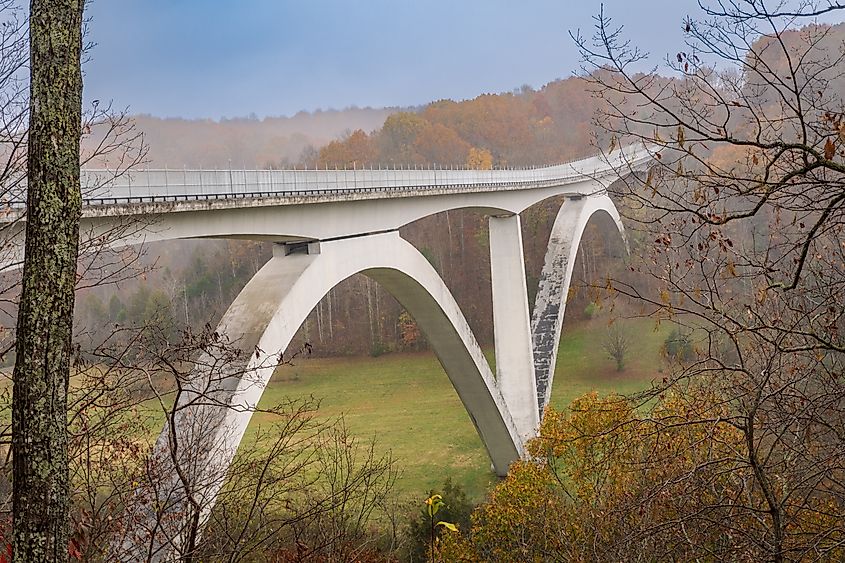
- 2024 Visitors: 7.36 million
- Established: 1938
- Highlights: Historic travel route, Native American trails, early settler homesteads, scenic overlooks, and interpretive sites
The Natchez Trace Parkway follows the path of a historic corridor used for centuries by Native Americans as a trade and travel route long before European settlers arrived. Later, European explorers, pioneers, and early American traders traveled the trail to move goods, livestock, and mail between the Mississippi River and the interior South. The parkway preserves hundreds of historic sites along its 444-mile stretch, including 18th and 19th century homesteads, burial grounds, and monuments commemorating notable figures and events in early American history.
Rolling hills, dense hardwood forests, and overlooks along the route reveal the natural landscapes that shaped settlement patterns and commerce in the region. Interpretive markers, preserved structures, and educational programs allow a closer look at the lives of travelers and the communities they formed. Hiking and biking trails follow portions of the old Trace, offering a hands-on experience of the journey that once linked cultures, commerce, and generations.
Chesapeake and Ohio Canal National Historical Park, Maryland
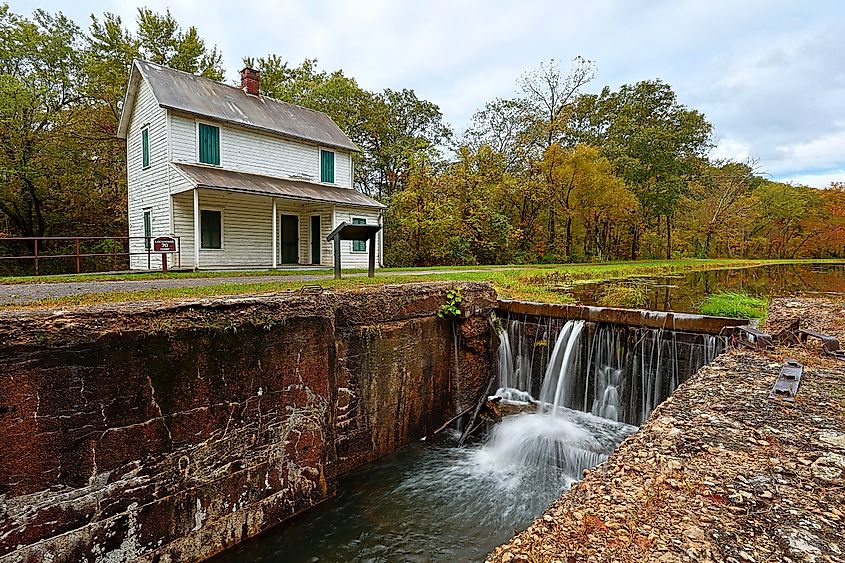
-
2024 Visitors: 4.42 million
-
Established: 1971
-
Highlights: Historic canal structures, lockhouses, and remnants of the canal's towpath.
Stretching over 180 miles along the Potomac River, this park preserves the Chesapeake and Ohio Canal, a vital transportation route that operated from 1831 to 1924. The canal played a crucial role in moving coal, lumber, and agricultural goods from the western frontier to the nation’s capital, fueling economic growth during the 19th century. Restored lockhouses and historic structures offer a window into the lives of canal workers and their families, and interpretive programs share insights into the engineering challenges of the era.
Hiking and biking along the towpath provides scenic views of the river, wildlife, and locks, creating a unique blend of history, recreation, and natural beauty that highlights America’s industrial and cultural heritage.
Preserving America’s Stories
These iconic historic sites draw millions each year, standing as living testaments to the nation’s rich and varied heritage. Each landmark tells a distinct story, from the daily lives of early settlers to the struggles and triumphs of those who shaped the country’s destiny. Beyond their educational value, these sites offer a tangible connection to pivotal moments in history, allowing the past to resonate in the present. They preserve not only buildings and artifacts but also the spirit of the people and events that defined the nation, ensuring that America’s story remains vivid for generations to come.
Visitor Statistics for Top Historic Sites in 2024
| Historic Site | Location | 2024 Visitors (millions) | Established | Highlights |
|---|---|---|---|---|
| Golden Gate National Recreation Area | California | 17.18 | 1972 | Golden Gate Bridge, Fort Point, Presidio |
| Blue Ridge Parkway | North Carolina / Virginia | 16.73 | 1936 | Scenic overlooks, historic buildings, CCC structures |
| Great Smoky Mountains National Park | Tennessee / North Carolina | 12.19 | 1934 | Historic cabins, churches, cemeteries |
| Gateway National Recreation Area | New York / New Jersey | 8.92 | 1972 | Fort Wadsworth, Sandy Hook Lighthouse |
| Lincoln Memorial | Washington, D.C. | 8.47 | 1922 | Statue of Abraham Lincoln, inscriptions, Reflecting Pool |
| Gulf Islands National Seashore | Florida / Mississippi | 7.80 | 1971 | Fort Pickens, historic forts, barrier islands, beaches |
| Natchez Trace Parkway | Mississippi / Alabama / Tennessee | 7.36 | 1938 | Historic travel route, Native American trails, homesteads |
| Chesapeake and Ohio Canal National Historical Park | Maryland | 4.42 | 1971 | Canal structures, lockhouses, towpath |
